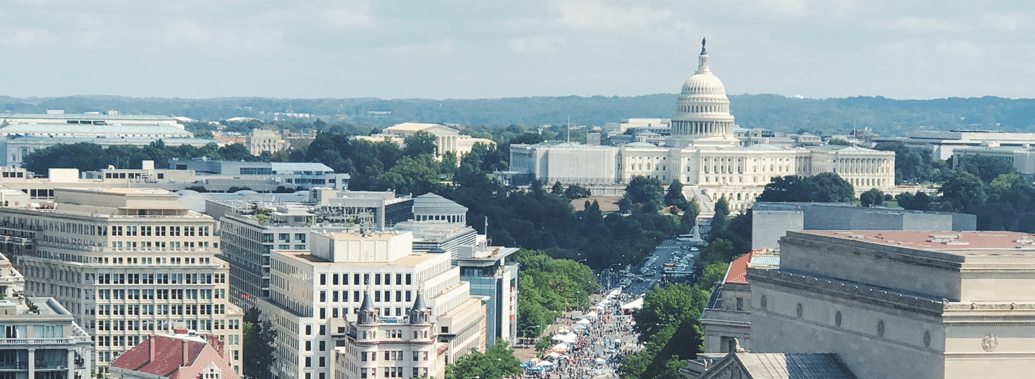Top Seven Corporate Security Lessons from the Capitol Riot

As a former police officer and special agent in the Washington D.C. area, I would have never imagined mob violence over-running the U.S. Capitol. Being no stranger to large scale demonstrations, the events that took place on January 6th were a clear example of what happens when there is a lack of protective intelligence and contingency planning, along with the absence of a quick reaction force on stand by.
However, this event is yet another inflection point in our nation’s history of security crises, and it’s nothing we can’t recover and learn from moving forward.
The Impact for Corporate Security
Our recent research found that 69% of executives saw a dramatic increase in physical threat activity against their companies last year. With physical threats on the rise, the deadly Capitol riots reinforce that the priority for physical security programs must be a proactive, always-on approach, or what we call protective intelligence.
Here are my top seven takeaways for corporations to think about:
1. Ongoing Threat Monitoring — The worst thing we can do is have threat assessments be “one and done” documents. These assessments must be “living” and continually updated with active threat monitoring. (Read more on this topic: The Role of Baseline Threat Assessments in Protective Intelligence)
2. Minimize Office Traffic — High-tech companies in the spotlight, and especially those under attack for social media actions, need to restrict personnel in the office (unless business critical).
3. Evaluate Access Controls — Physical security access controls need to be evaluated so security leaders are absolutely certain that the most confidential data is in the hands of people that need to know — and no one else.
4. Prioritize Being Proactive — It’s easy to get caught up in day-to-day tasks. Enhanced protective intelligence monitoring is strongly encouraged to see through the noise and make sense of patterns and slight variations in activity that are critical, but easy to be overlooked. (Read more on this topic: Defining a Proactive Approach to Security and Five Reasons Why It Can’t Wait)
5. Dark Web Monitoring — This category of monitoring is a no brainer and is absolutely needed to ferret out hidden threats underneath the surface.(Read more on this topic: Ontic Partners with Dark Owl)
6. Revisit Emergency Action Plans (EAPs) — Contingency plans need to be revisited ASAP and updated on a regular basis. This should include establishing a liaison with the local police in your area for contingency planning and intelligence flows, such demonstrations and protests.
7. Enhance Executive Protection Measures — High-profile CEO public events should be minimized, and mail screening needs to be enhanced at headquarters and at executive residences.
To learn more about what your corporate security team can do to mitigate future threats, check out our 2021 State of Protective Intelligence Report.




